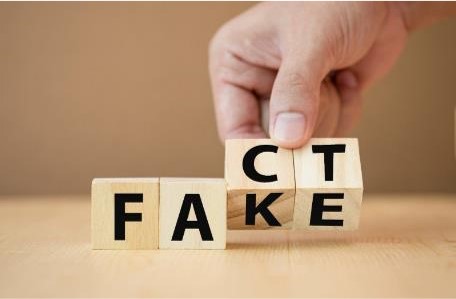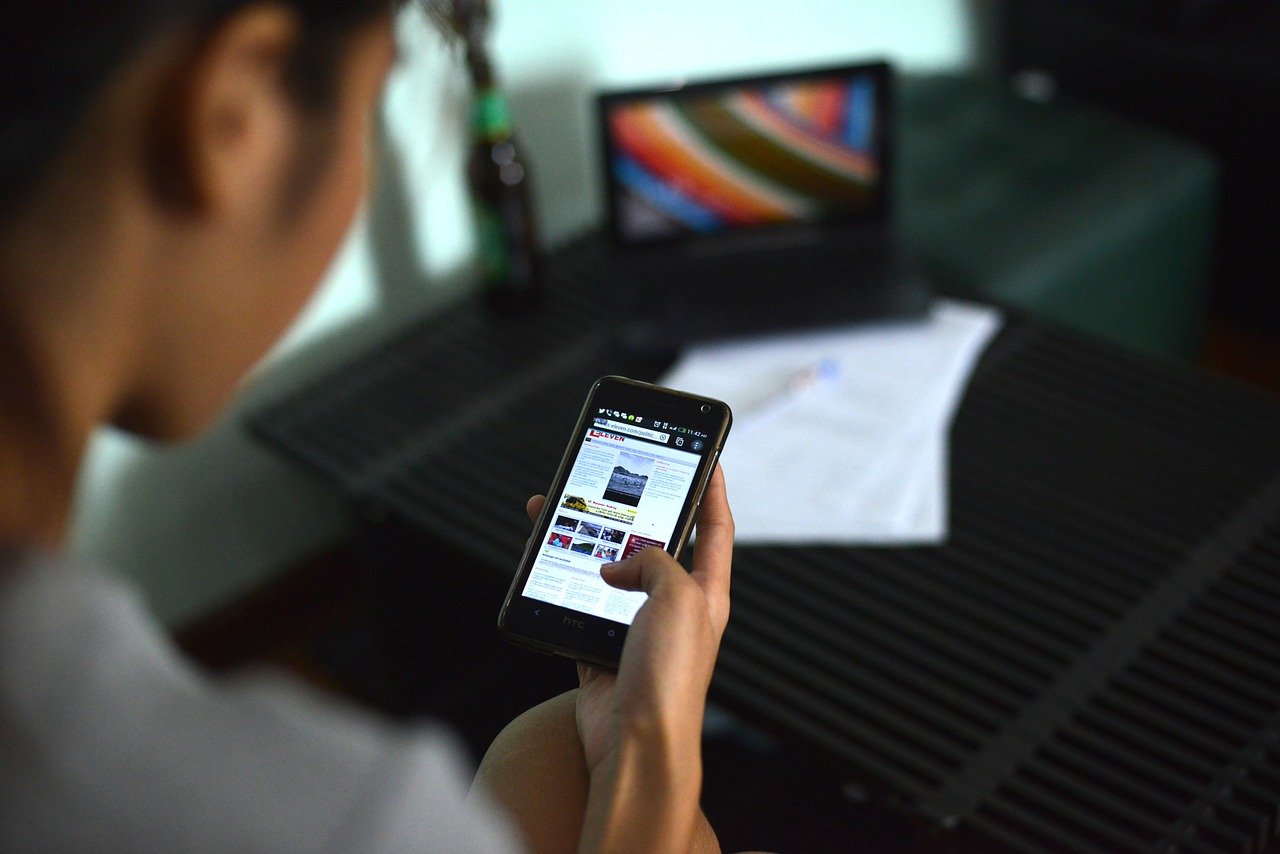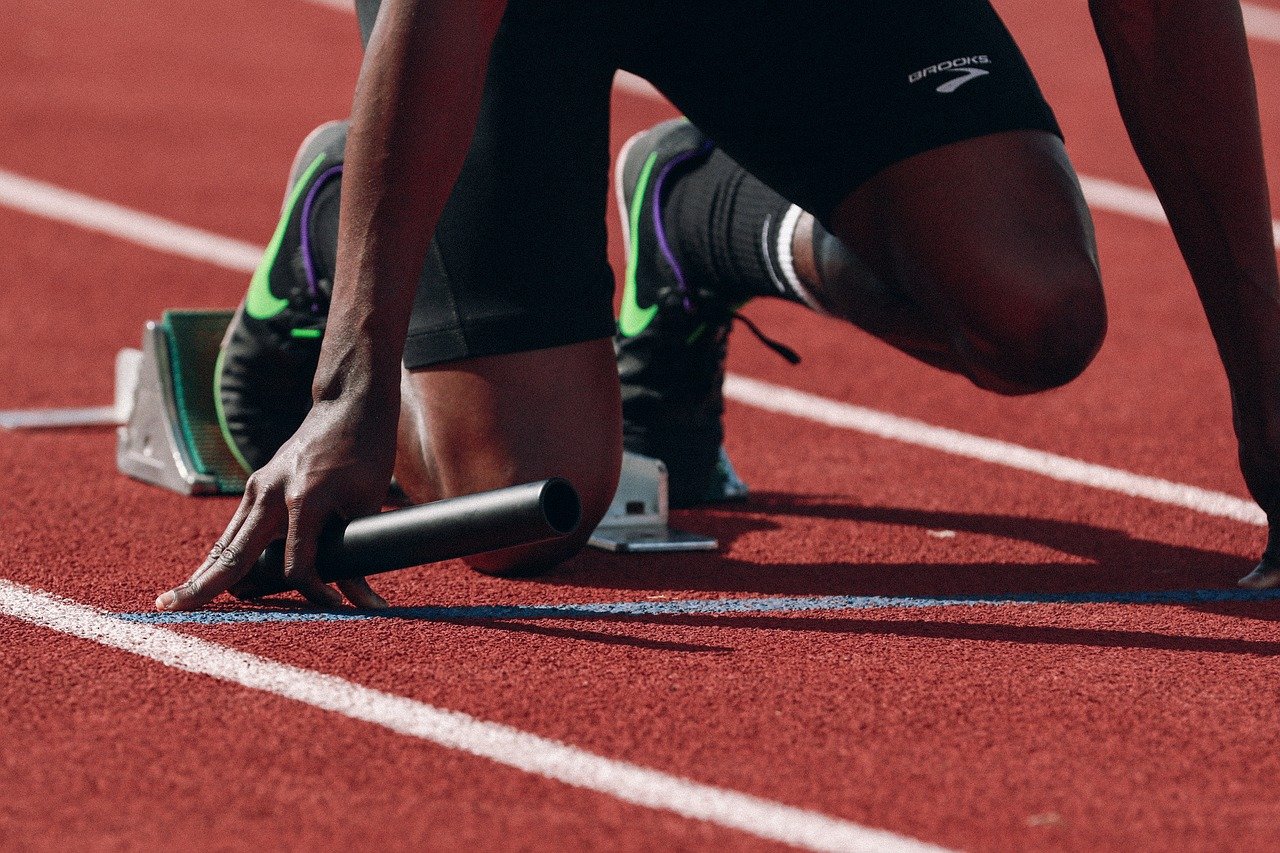Misinformation is so pervasive that drastic measures should be taken: but which ones? Can data be still used to distinguish true and fake news?
Covid-19 took up about 85% of available space on Italian media between March and December 2020. If considering online media, misinformation rate has never decreased below 4.3%, peaking close to 7% in February 2020 and 6% in May 2020. Misinformation rate of social contents exceeded 10%, recording 13% during the last week of May 2020.
Despite efforts by institutions, scientific bodies, media and platforms, the infodemic tide could not be stemmed, with people – and sometimes public decision makers – increasingly trapped into filter bubbles.
“We know algorithms play a decisive role in creating echo chambers and contributing to opinion polarization. But we shouldn’t focus only on how bubbles are generated or how to interrupt their vicious circle. We need to investigate the impact data have on our society, politics and economy”, told professor Walter Quattrociocchi while introducing new Center of Data Science and Complexity for Society at Sapienza University in Rome.
Infodemic and data overabundance make more and more difficult to distinguish truth from falsehood, until the definition of truth comes under scrutiny. “Freedom of expression must always be granted according to law. But which criteria should we use to recognize if a piece of news is true? Should we allow social networks or debunkers to decide this?”, said Antonello Giacomelli, AGCOM commissioner, when asked to comment about Facebook deleting about 7 million fake posts, or Twitter permanently suspending Donald Trump’s account.
Most news sources try to fight misinformation by injecting even more data into public debate, as figures, facts and evidence-based contents are meant to be strong enough to unmask fake news and conspiracies.
That’s not exactly like this. A recent study by MIT proved the same data can be used to support totally opposite stories: it happened with Covid-19 statistics, as researchers found the same figures quoted both from scaremongers and deniers.
How to correctly data use is a complicated topic. “We should start from accurate and quality data, and this is something to be careful of”, added Marco Cattaneo, chief editor at Le Scienze. “We need specific skills and competences to correlate and interpret data, together with critical thinking and, even more important, a great deal of responsibility”.
Making too many data available to anyone is not the right antidote to misinformation, rather a boomerang with possible dangerous side effects. And a quota of the 84% of Italian journalists who covered the pandemic in the last year are aware of this, since they were asked to write about virus and science regardless of their background.




